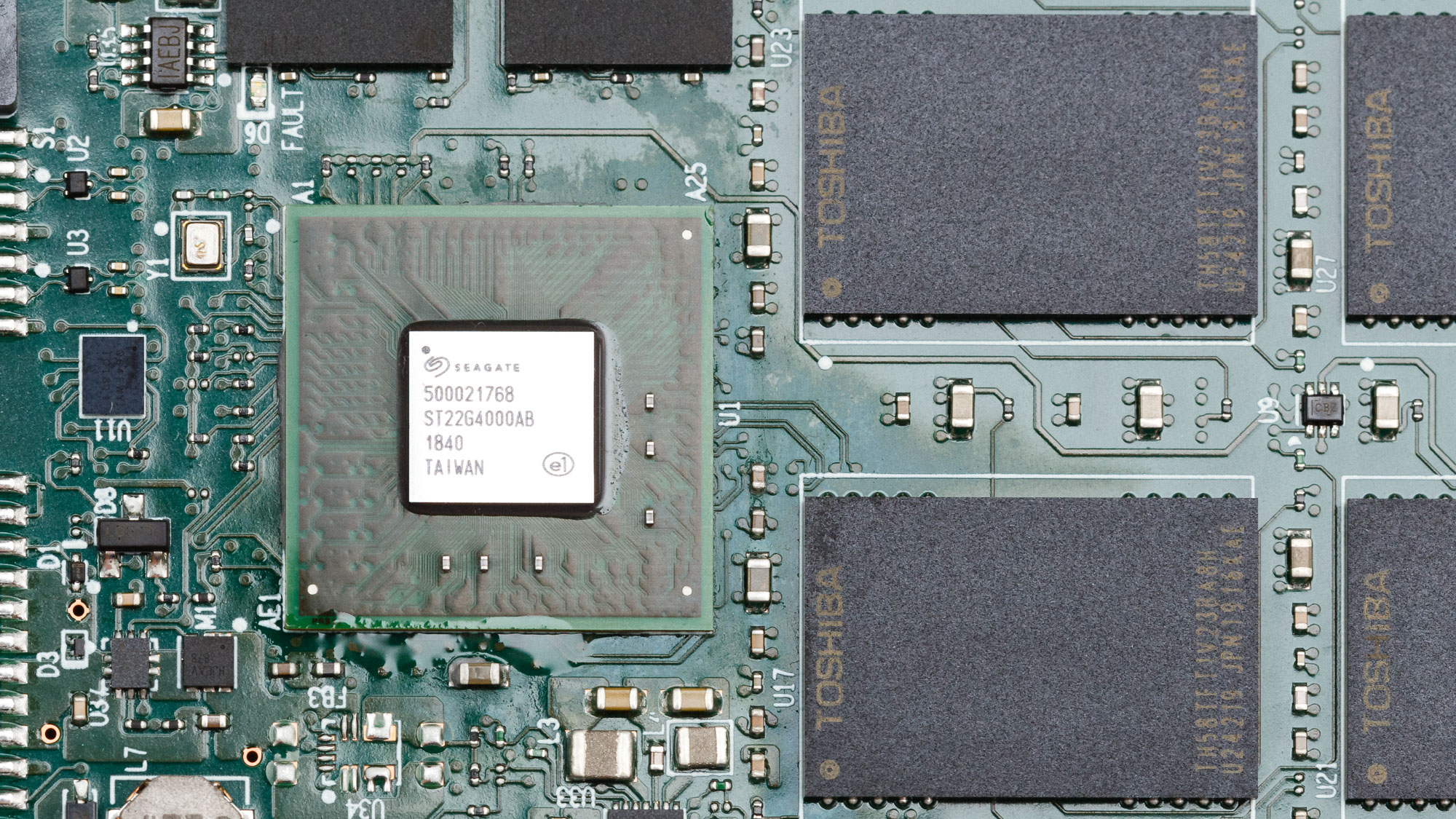Why you can trust Tom's Hardware
Seagate's first NAS focused SSD is definitely a durable contender. The IronWolf 110 boasts some of the highest endurance ratings for a NAND based SSD we have seen thus far. The IronWolf 110’s high endurance ratings aren’t just marketing. Thanks to its endurance-optimized firmware and enterprise-grade design, it really is built to last. With a 5-year warranty and 2-years of data recovery provided free of charge, Seagate wants to make a statement. When it comes to its SSD’s reliability, the IronWolf 110 is ready to be deployed for use in professional workflows.
But, while Seagate’s IronWolf 110 can sustain some of the heaviest of write use cases, it’s not the best-performing option. Sequential read performance isn’t as well optimized, exhibiting a bit more latency upon requests than competing SATA SSDs. We think this has to partially do with the controller’s DuraWrite technology. When writing/compressing the data, the SSD is able to sustain great write performance, but when reading/uncompressing the data you request, there’s a minor performance penalty. As well, there is a lack of an SLC write cache. Fortunately, without the cache, NAND flash performance over SATA is still significantly faster than the mechanical design of HDDs.
Lots of mainstream NAS drives are starting to come out with 10GbE connections and support for SSD caching, too. So, adding one of these bad boys to your system should be rather simple and easy to beef up your throughput over an HDD and help to significantly speed up your file access times and application performance. Or, maybe you are the more adventurous type with deeper pockets. Throwing 8, 16, or even 24 of these into an all-flash array would suit your needs better and help to speed up your video production workflow. What’s a little 4K or even 8K footage for a well-tuned array of SSDs?
WD’s Red SA500 gives this drive some competition for those on a tighter budget. The WD is not quite as robust, but for home users and small businesses who don’t need so much endurance, it’s a better bang for the buck. The Seagate IronWolf 110’s build quality is absolutely a tier above WD’s Red SA500 though. Holding both in our hands, the Seagate drive is much heavier and more ridged than the more flimsy WD drive. And, if you don’t need such a robust SSD, the Crucial MX500 is a great value, and Samsung’s 860 EVO is still one of the best SATA options available. So keep these alternatives in mind when making your SSD buying decision.
MORE: Best SSDs
MORE: How We Test HDDs And SSDs
MORE: All SSD Content
Get Tom's Hardware's best news and in-depth reviews, straight to your inbox.

Sean is a Contributing Editor at Tom’s Hardware US, covering storage hardware.
-
dannyboy3210 I believe there's a typo in the specs for the 4tb model.Reply
It should have 7000 TBW rather than 3500 TBW.
https://www.seagate.com/ca/en/internal-hard-drives/ssd/ironwolf-nas-ssd/#specs
